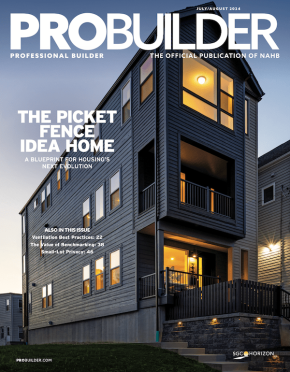Domestic migration is hitting an all-time low as Americans move less than they used to, according to the U.S Census Bureau. That may not come as a surprise due to high housing prices, inventory shortages, and the younger generations getting married later. But there is one unexpected finding: rural areas gained more people from cities and suburbs than they lost to them for the first time in over two decades.
The United States has historically been a country with a high rate of mobility, as cities used their unique job markets to attract new residents, and young couples bought new houses to accommodate children. But this might be changing.
That’s according to new data from the U.S. Census Bureau that show domestic migration has hit a new all-time low in 2019 of 9.8 percent of the population. This follows decades of steady declines. During the 1960s, 20 percent of Americans moved to a new residence each year. In 2019, less than 10 percent of Americans did.
And while the drivers of these declines have evolved and changed through the years, the current drop is being driven by millennials, who are delaying life stages that typically prompt someone to move, such as buying a house, getting married, and having kids.













